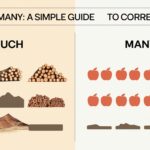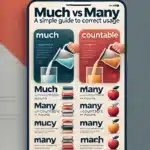johan david

Ageing or Aging: Which Spelling Is Correct?
Introduction: Language evolves, and so do spellings. One of the most common spelling differences in English is between “ageing” and ...
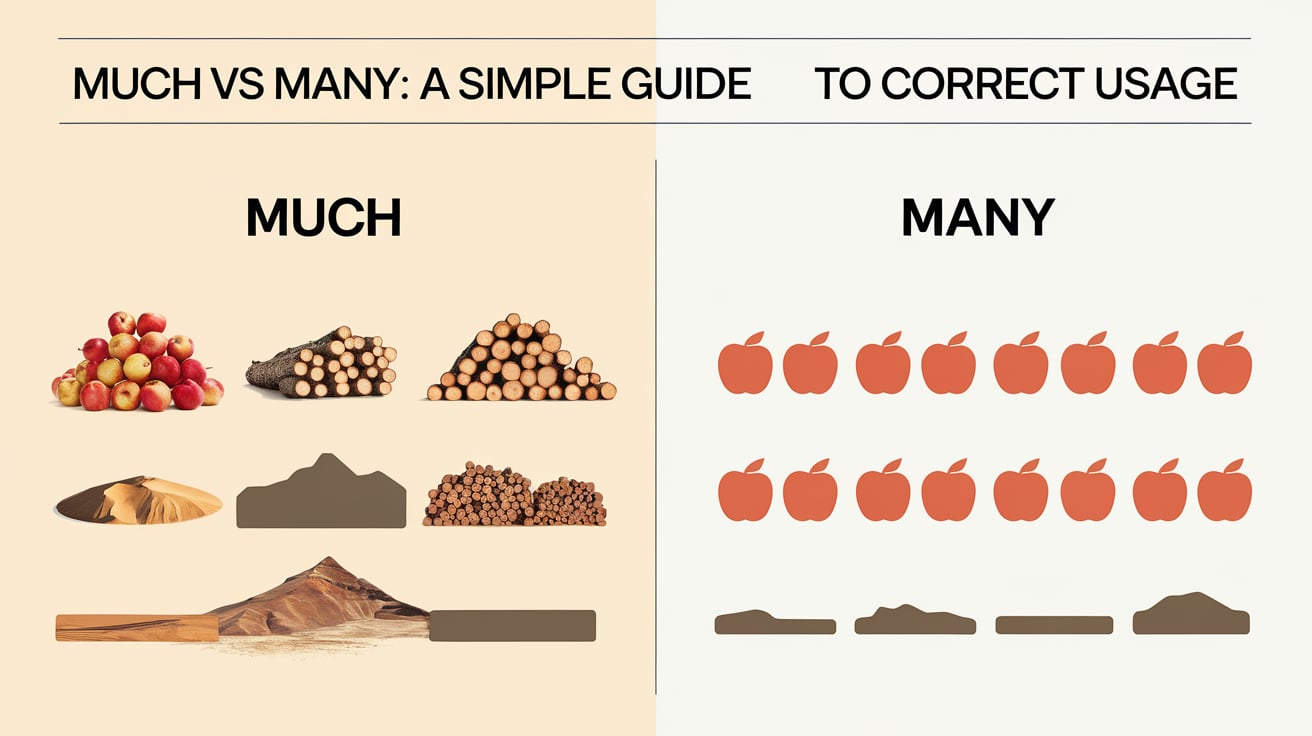
Much vs Many: A Simple Guide to Correct Usage
Mastering English grammar requires a solid understanding of quantifiers in English, particularly the distinction between “much” and “many.” These two ...
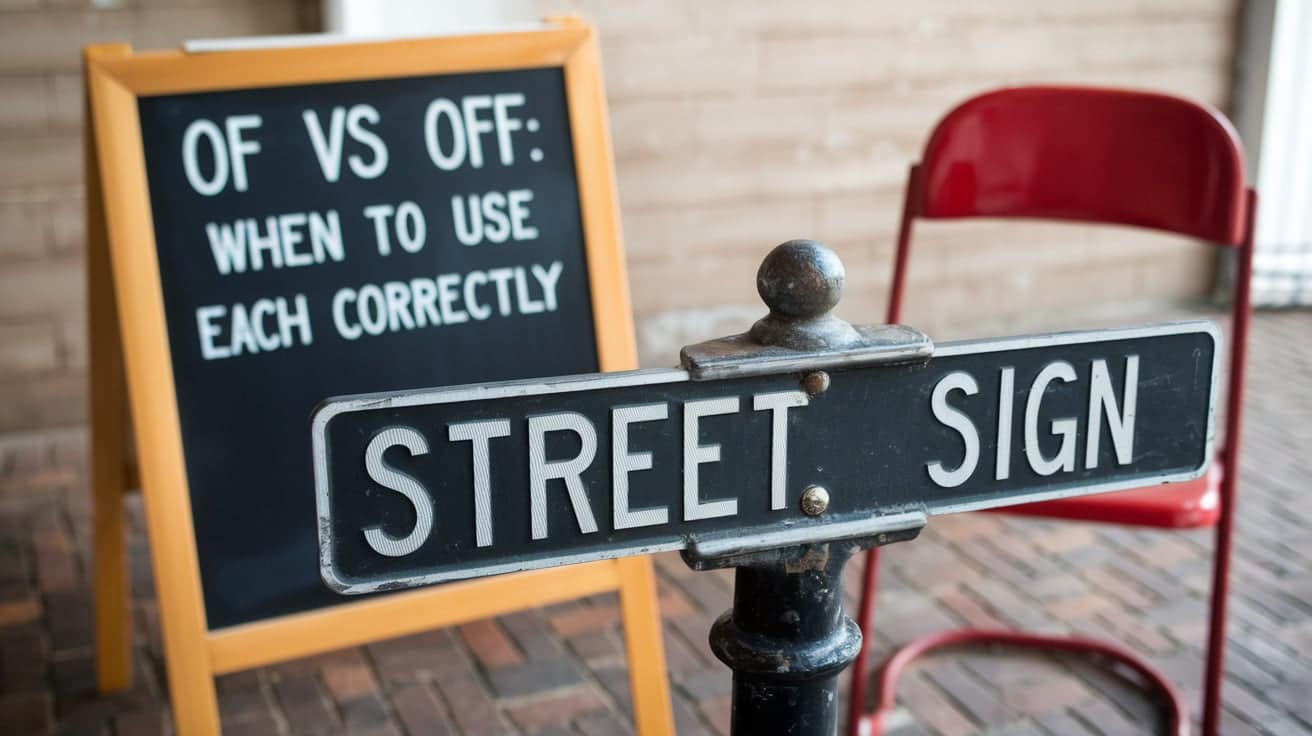
Of vs Off: When to Use Each Correctly
When it comes to mastering English grammar, understanding the use of “of” vs. “off” can be challenging. These two common ...
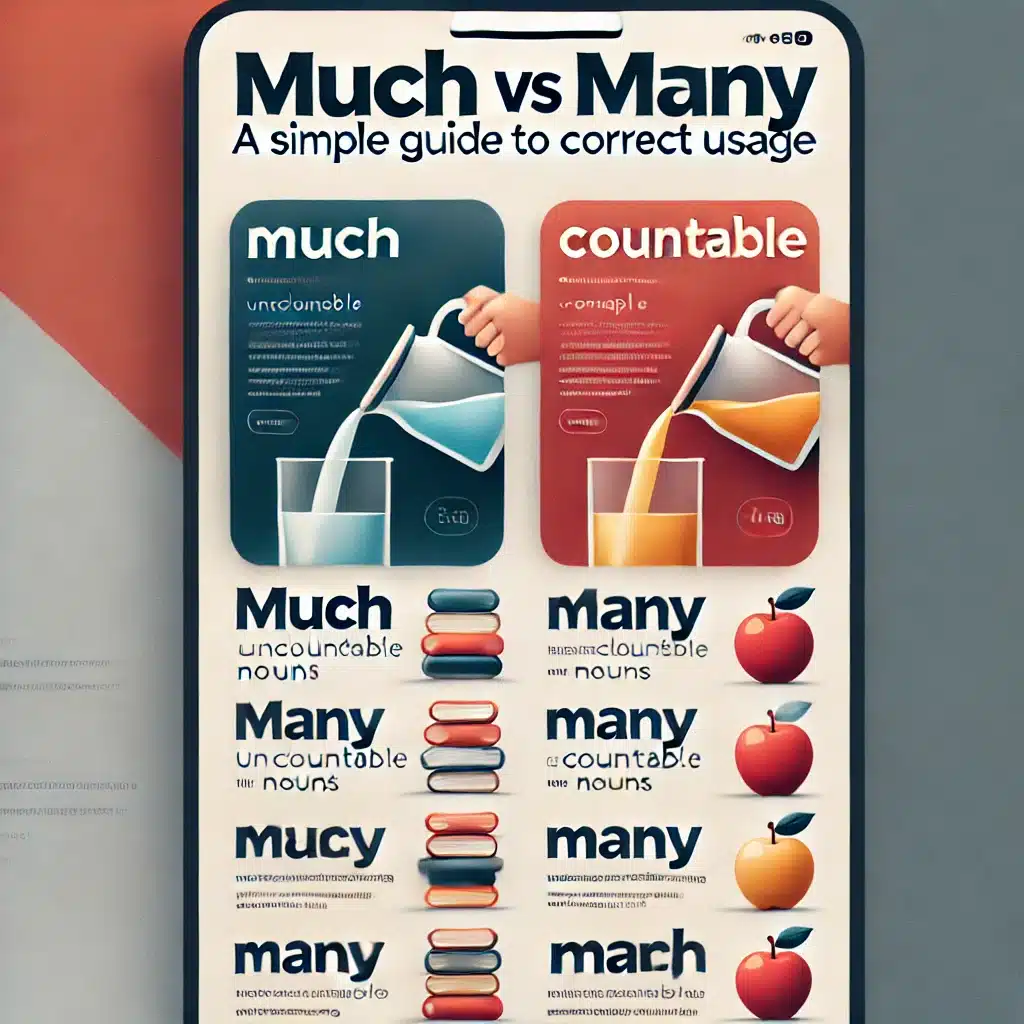
Much vs Many: A Simple Guide to Correct Usage
In English, using the words “much” and “many” correctly can be tricky, especially for learners navigating countable and uncountable nouns. ...
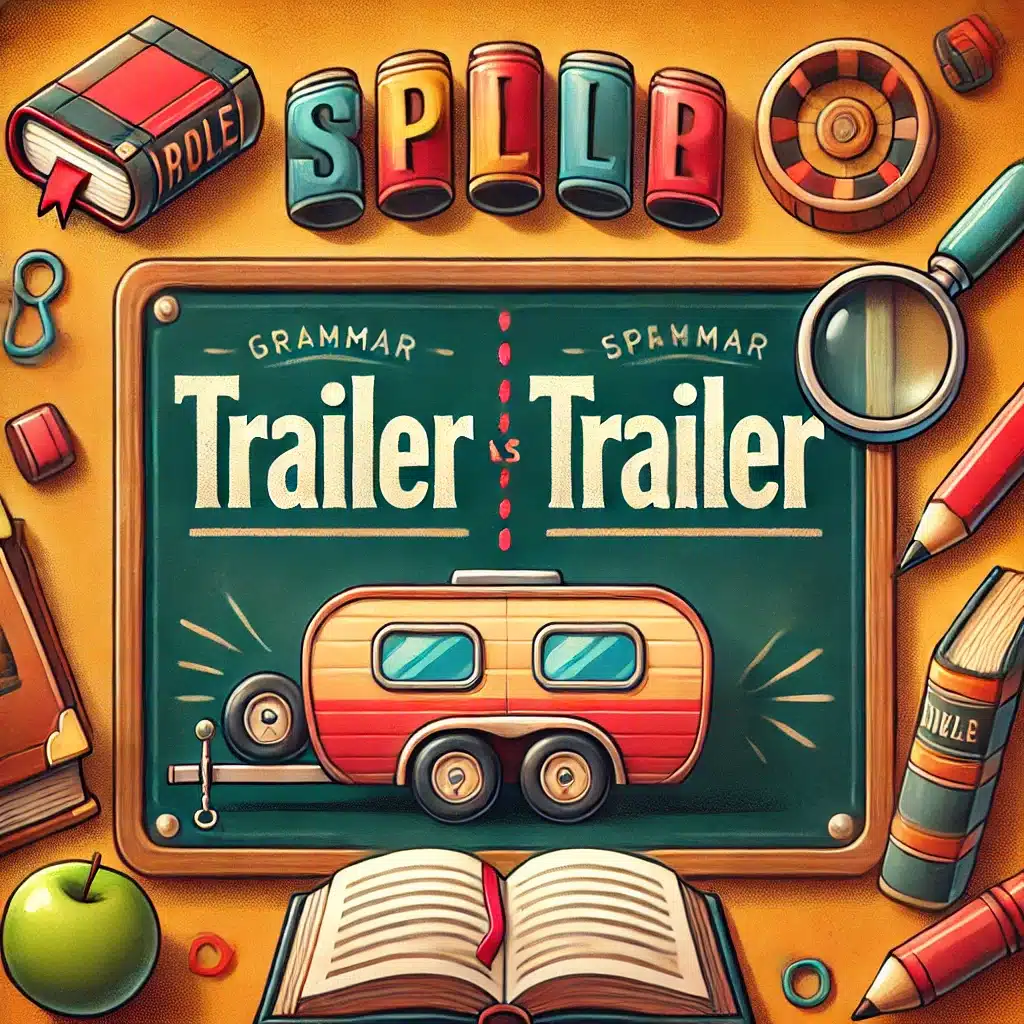
Trailer or Trailor: Which Spelling Is Correct and Why?
The Quick Answer Let’s clear up the spelling confusion right away: “Trailer” is the correct spelling in all English variations ...
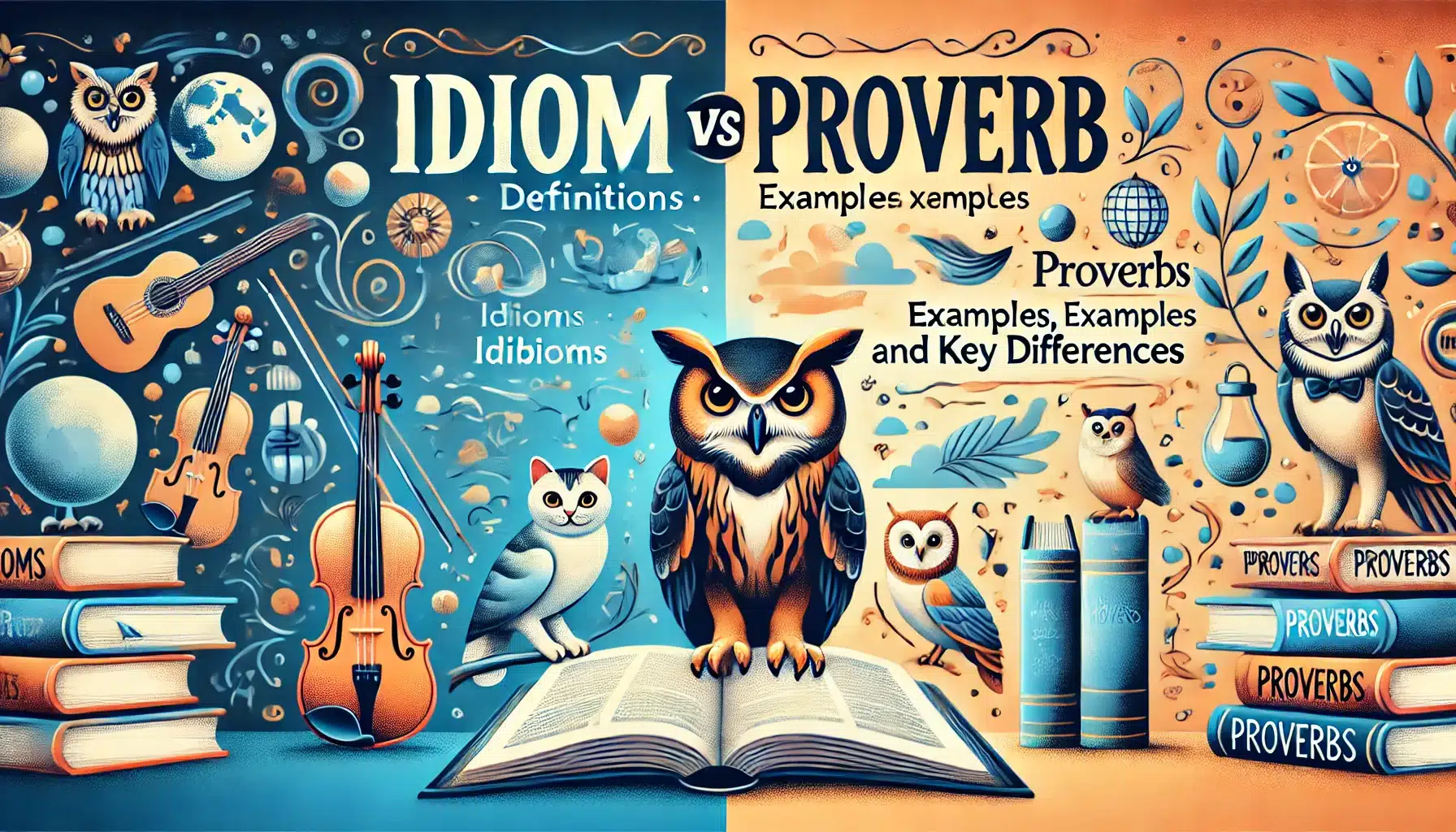
Idiom vs Proverb: Definitions, Examples, and Key Differences
Language is rich with expressions that add depth, emotion, and wisdom to our communication. Among the most intriguing are idioms ...
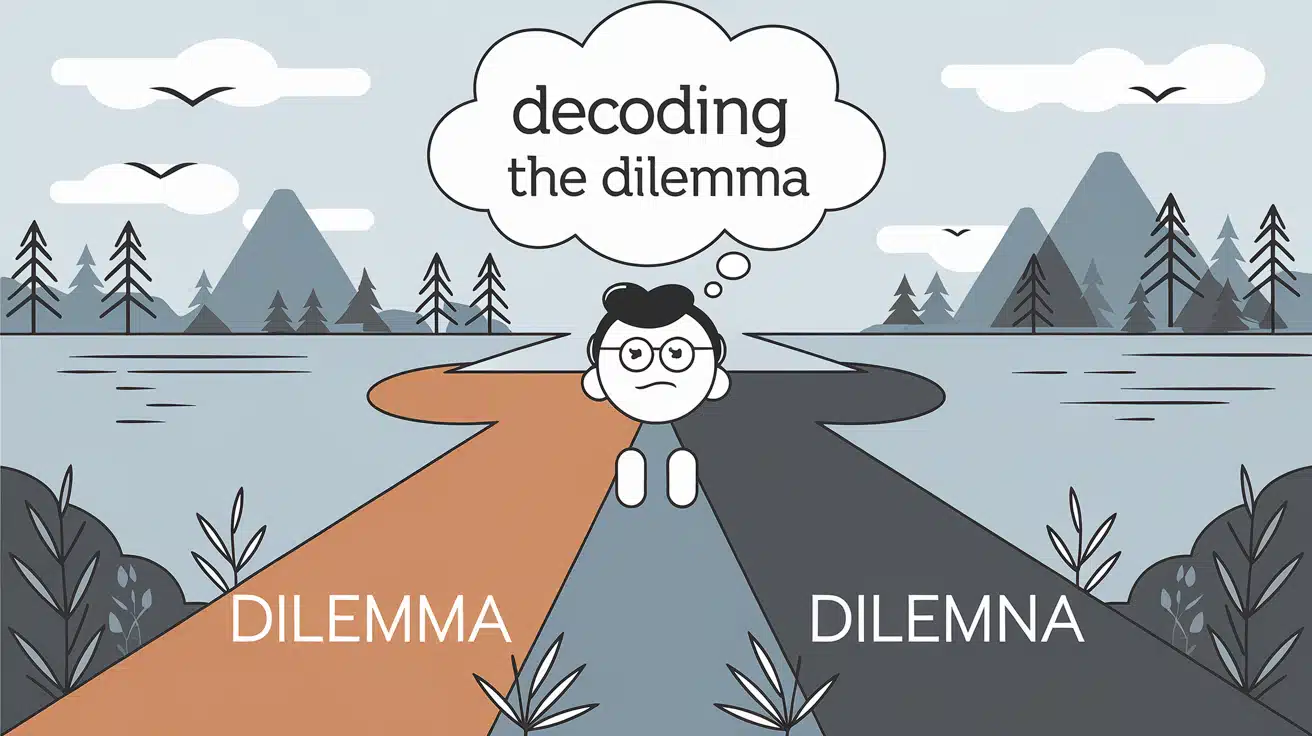
Decoding the Dilemma vs. Dilemna Spelling Dilemma: Get It Right Once and for All
The English language is full of quirks, and one of the most puzzling involves the spelling of “dilemma.” For years, ...
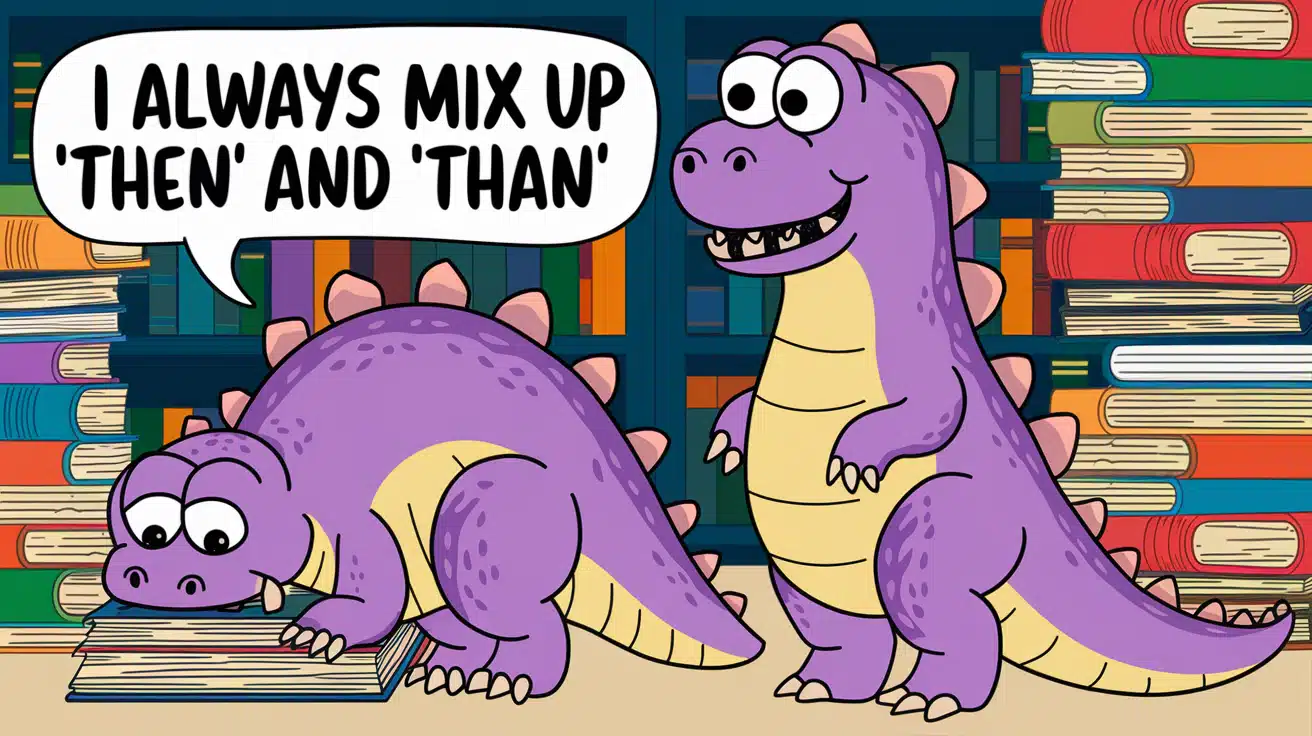
Than vs Then: Avoiding Common Mistakes in English
When it comes to English grammar, two of the most commonly confused words are “than” and “then.” While they may ...
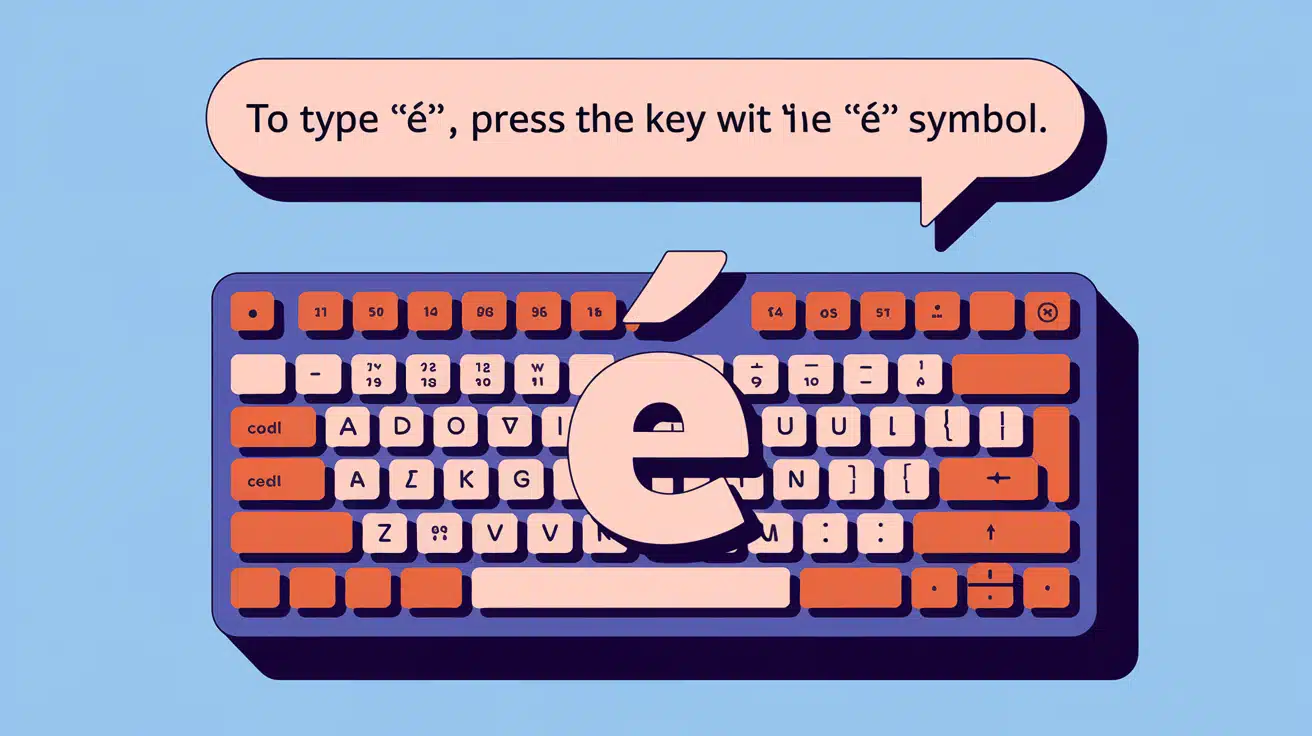
How to Type É on Your Keyboard – Easy Guide for PC, Mac, and Mobile
Mastering the art of typing é on your keyboard is essential for anyone who frequently types in languages like French ...
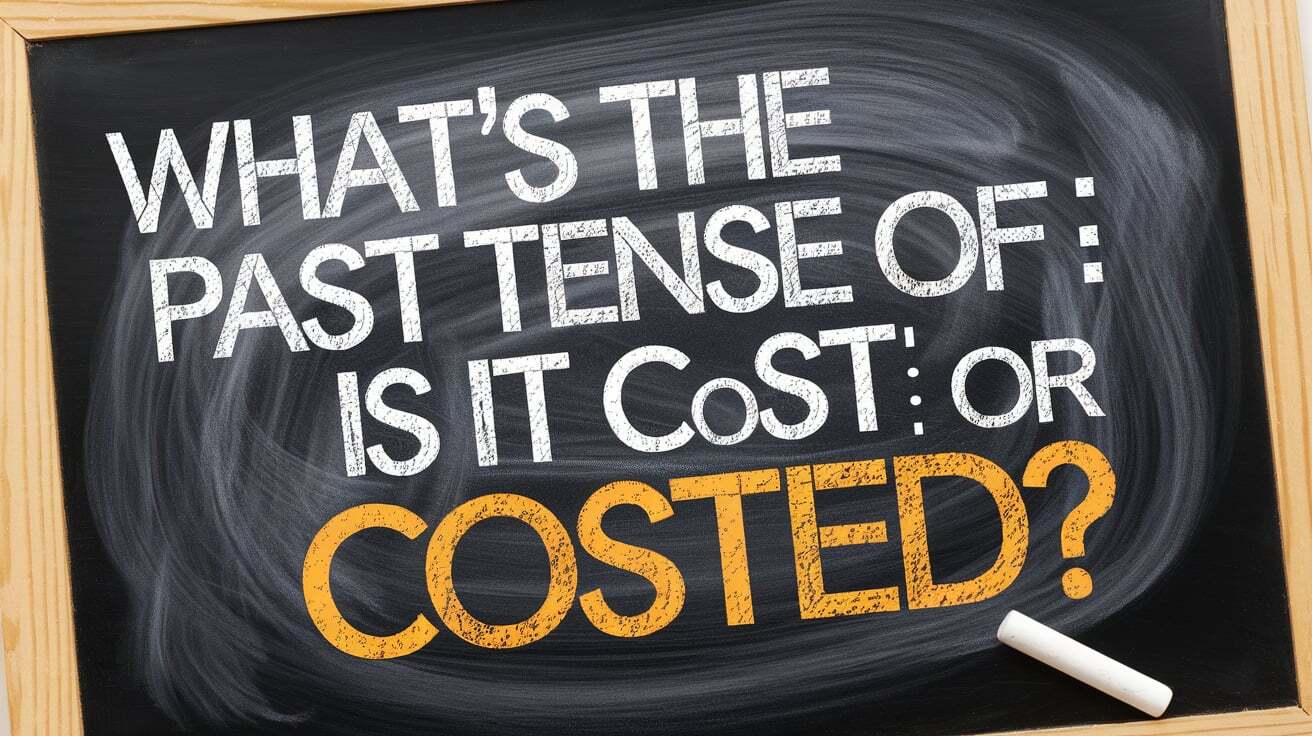
What’s the Past Tense of Cost: Is It Cost or Costed?
When discussing English grammar rules, one question that often causes confusion is the past tense of “cost.” Should it be ...


